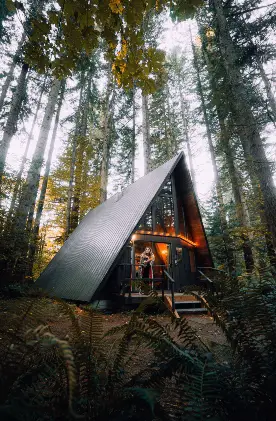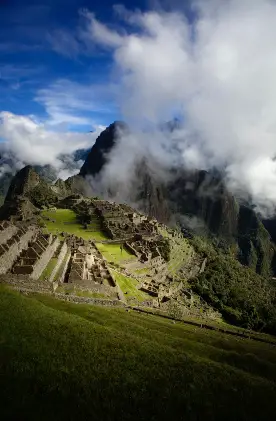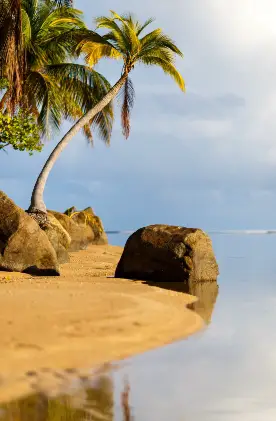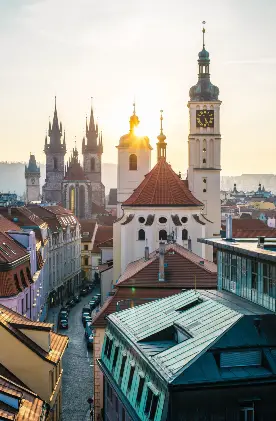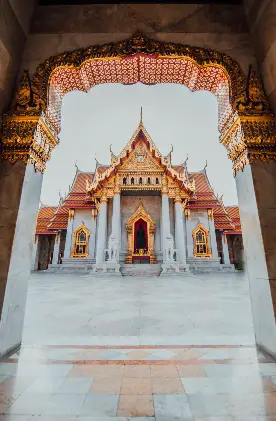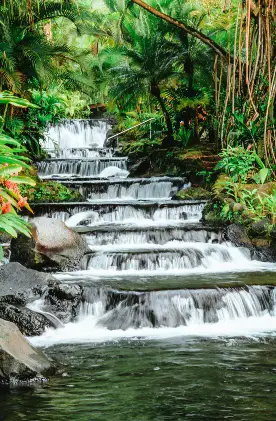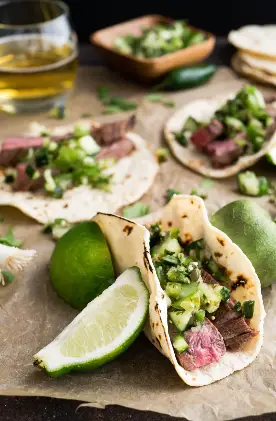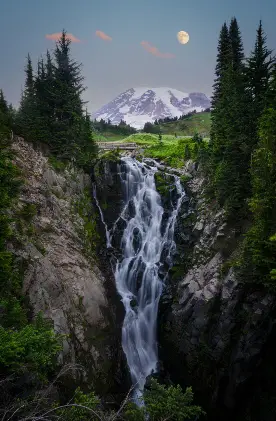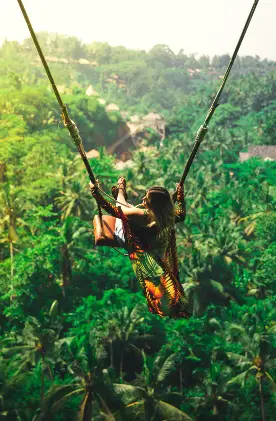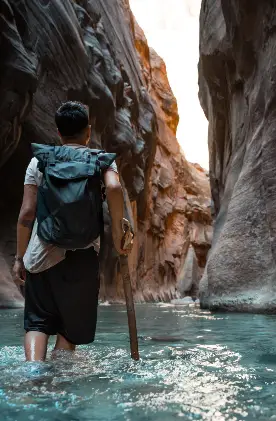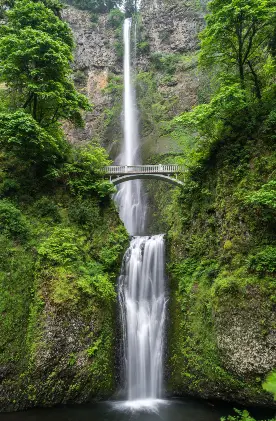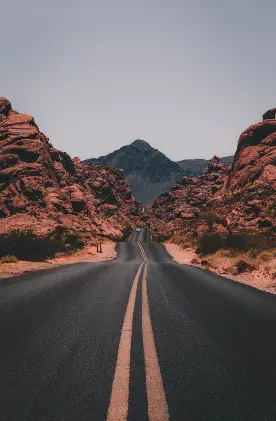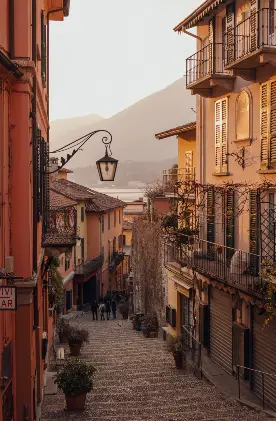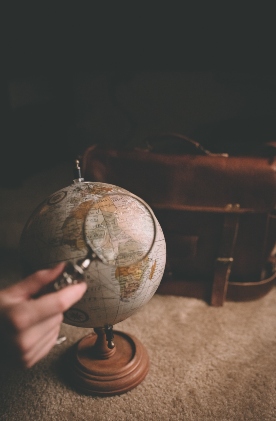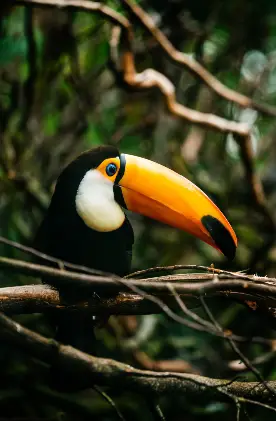I grew up in Spain with a father who was passionate about photography. Our family home was constantly overflowing with photography books and reflex cameras. However, it wasn’t until I travelled to India and Pakistan due to my previous job that I started to take social documentary photography as a serious profession.
When I left Europe for the first time and found such different socio-economic realities, landscapes, traditions and behaviours — it pushed me to photograph as much as I could in order to record all that I saw. Add to the equation that I have quite a bad memory and you will understand why photography became such an important element in my new life.
But in the end, after all these years capturing images of people all around the world, I can conclude that my main source of love for social documentary photography comes from the fact that it pushed me to get closer to local people, forced me to interact with them and it encouraged me to make an effort to understand them as people.
The experiences I have lived, and the human connections I have created thanks to this approach, are the most valuable memories from my travels. I can safely say that without social documentary photography my life and travels would have never have been this way.
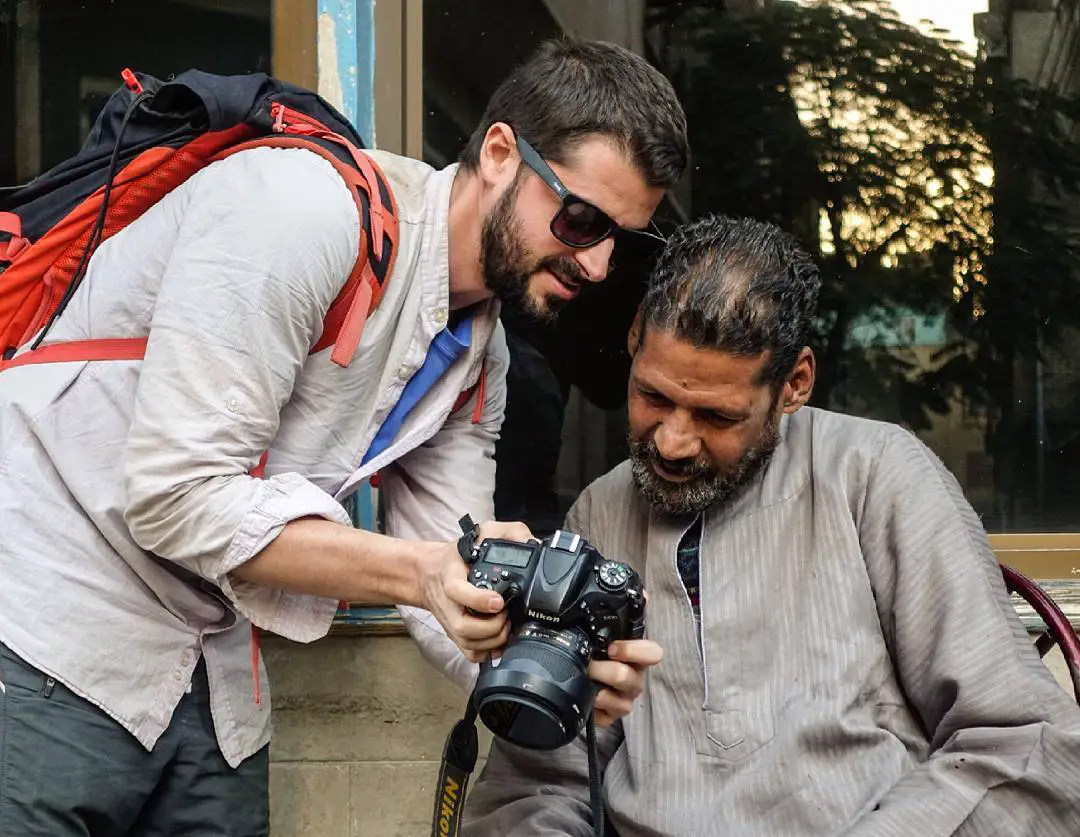
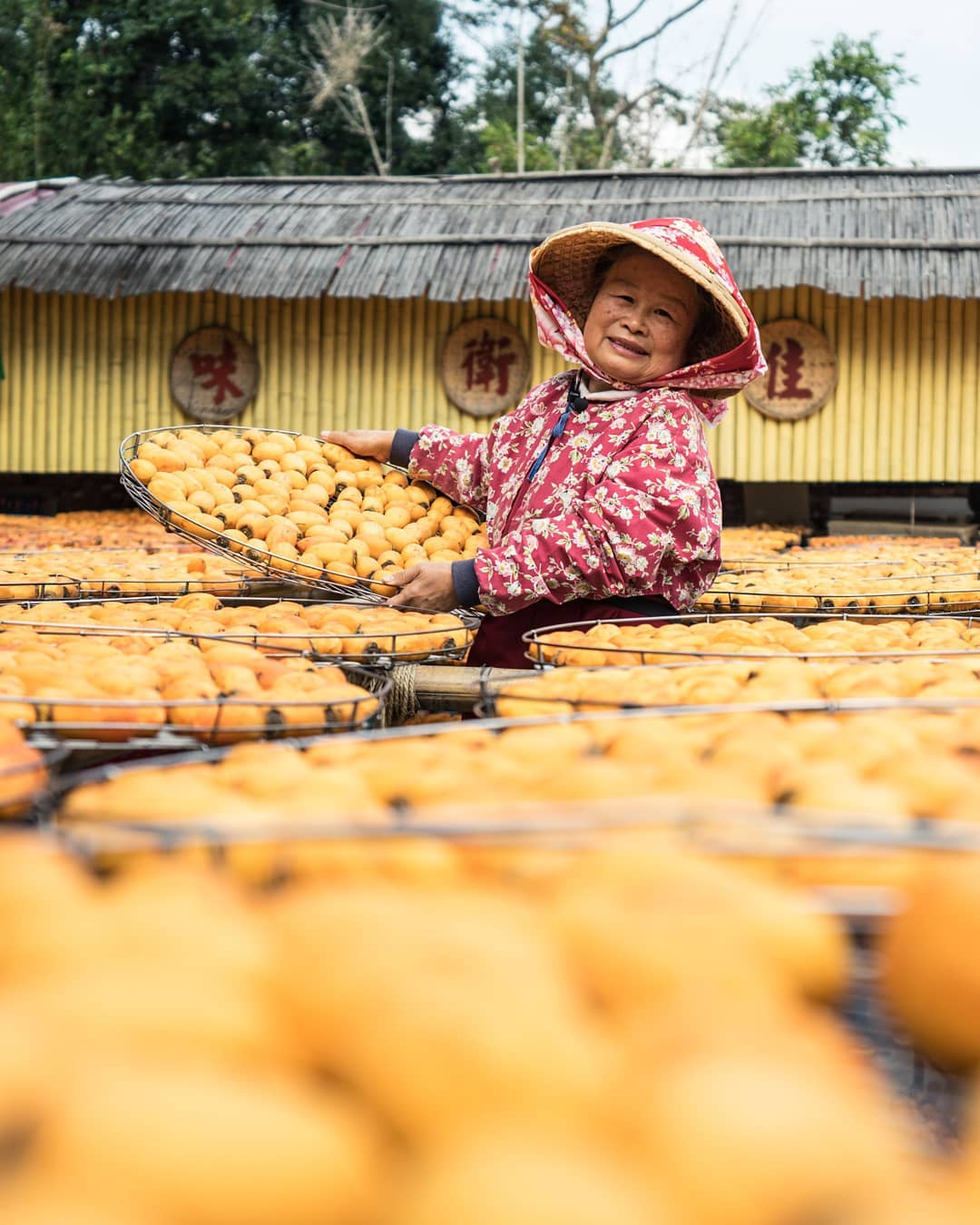

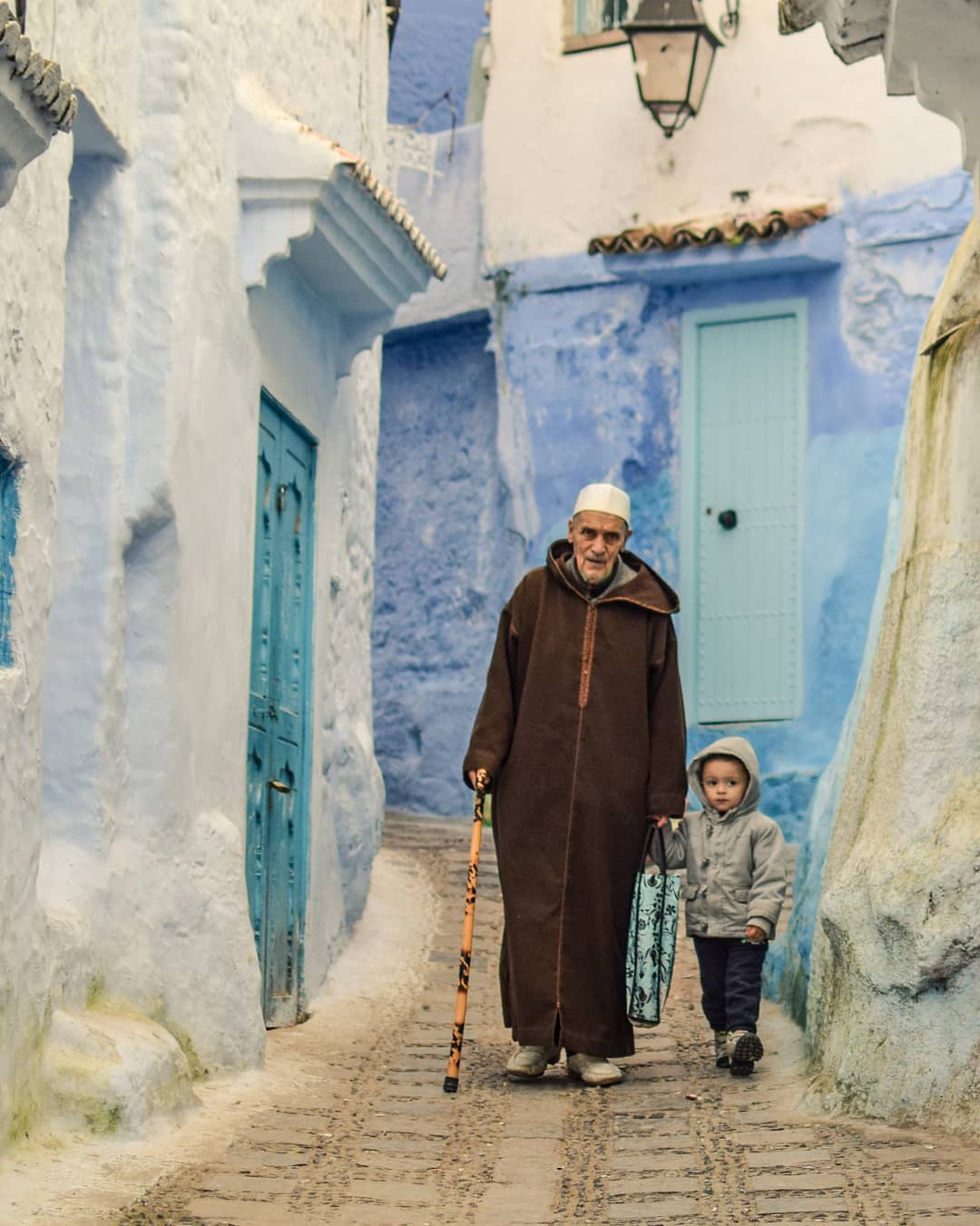
Why Travelling to the Third World Broadens your Horizons
This year I have travelled to some incredible destinations. Through my passion of social documentary photography I have been to Borneo Island (on the Malaysian side) and to Brunei. I also spent two weeks in Bangladesh — a country that ranks high on my recommendation list. Right now I am in Papua New Guinea, also highly recommended.
What I have learnt this year is that (as a general rule) countries that have a simple way of life are also home to some of the most humble and generous people. I certainly found the people of Bangladesh to be incredibly friendly and welcoming. The same could be said of the Iranian people.
Every time I travel to countries where people live in scarcity I feel a sense of humbleness. Perhaps it is not so much what we learn from them but what they make us forget, if that makes sense. In other words, not so much about how clever they are but how ungrateful and stupid we can get in the first world.
I always come back home from a long trip in these areas and feel like I am a better person. Then after a few months living in the comfort of home the recurring “first world problems” start to creep back in. That is why I try to travel at least 1 or 2 months each year — to keep that broad and positive perspective alive.
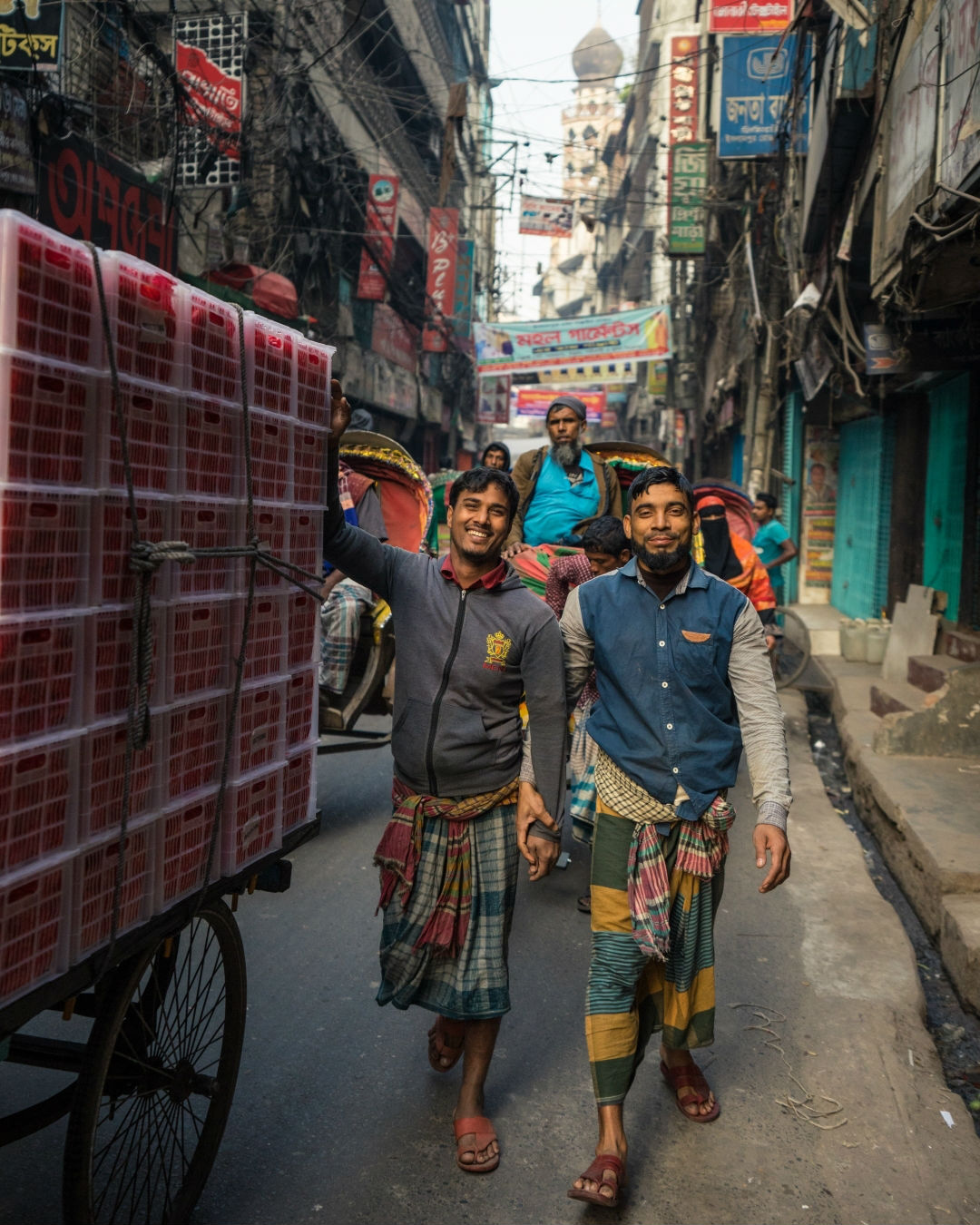
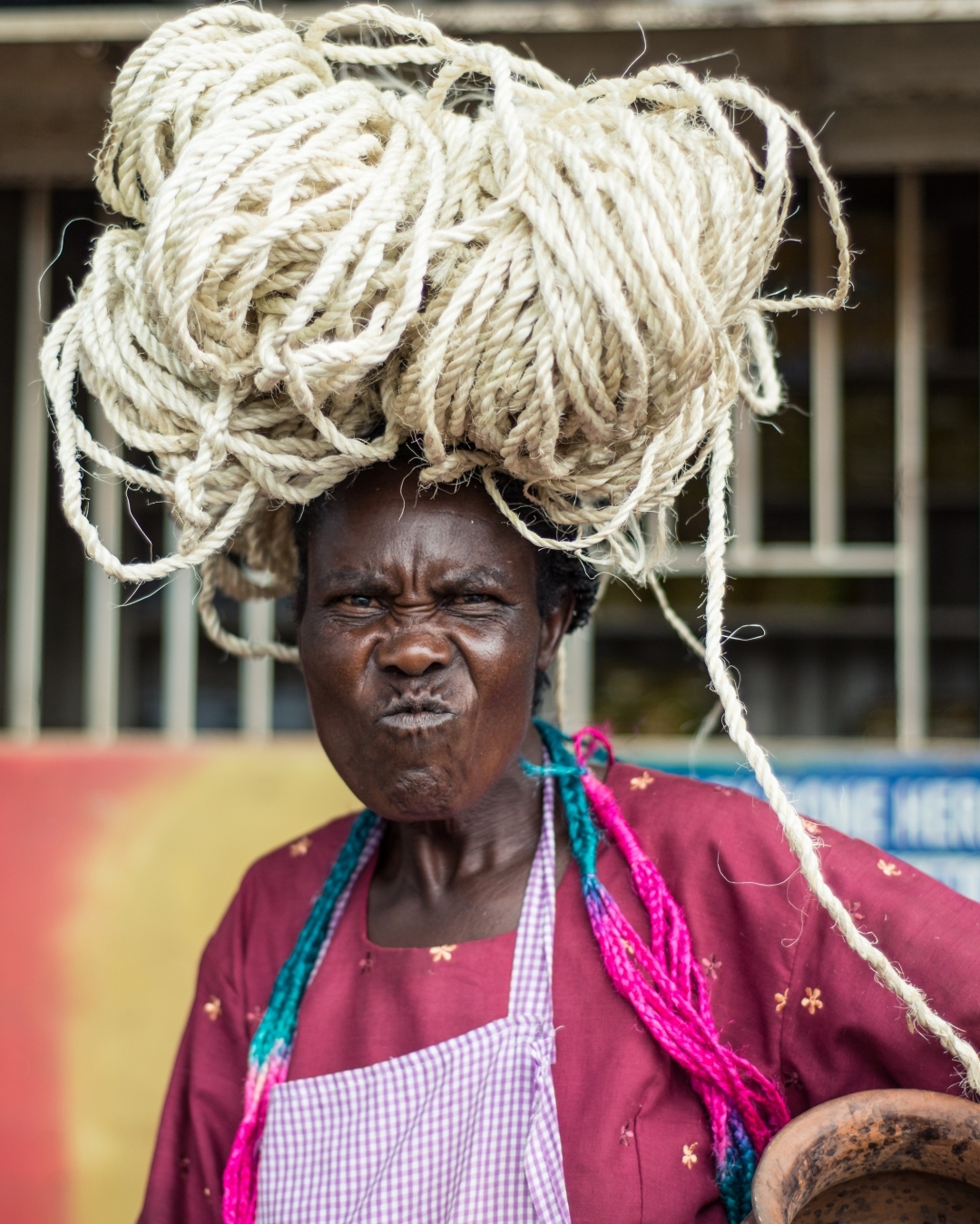
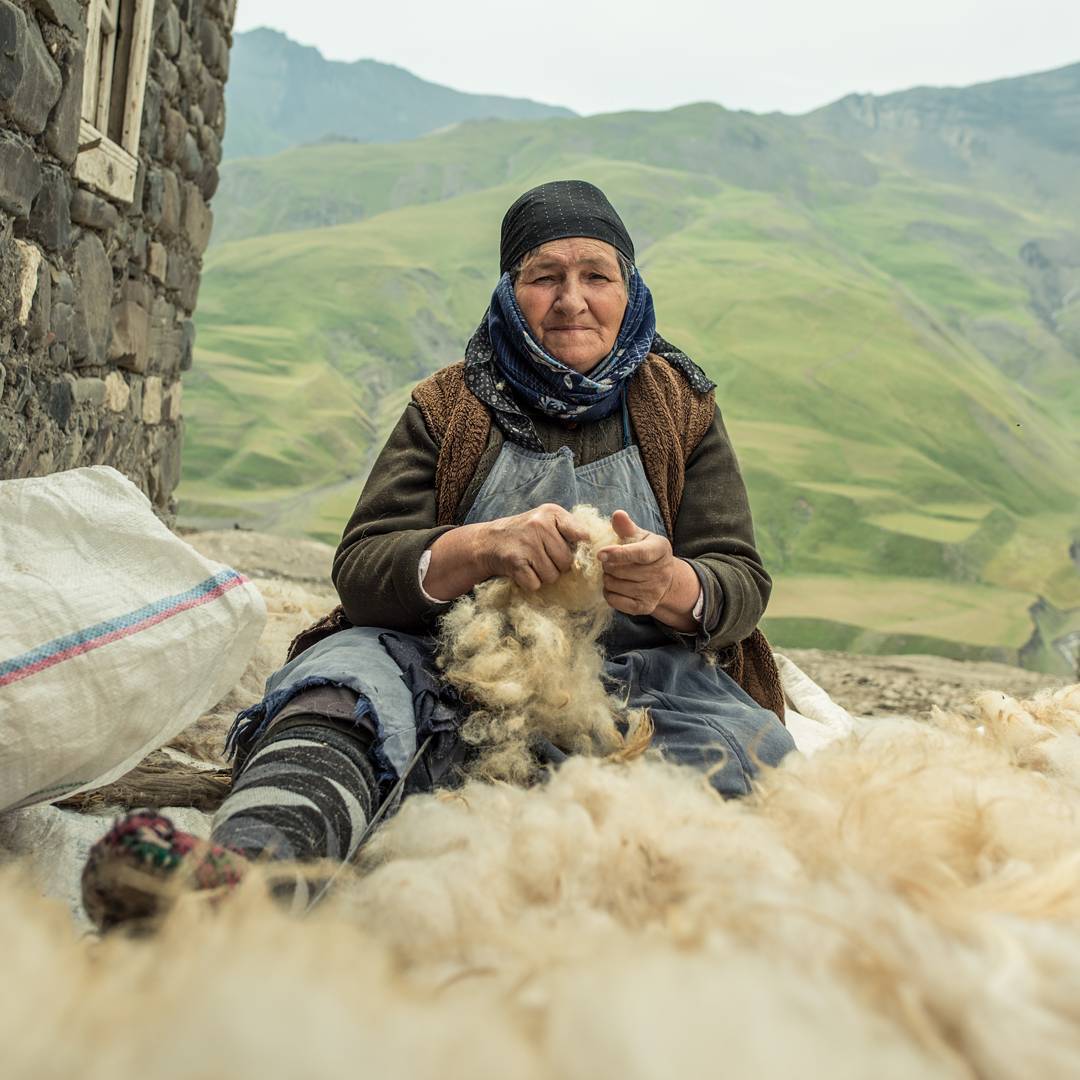
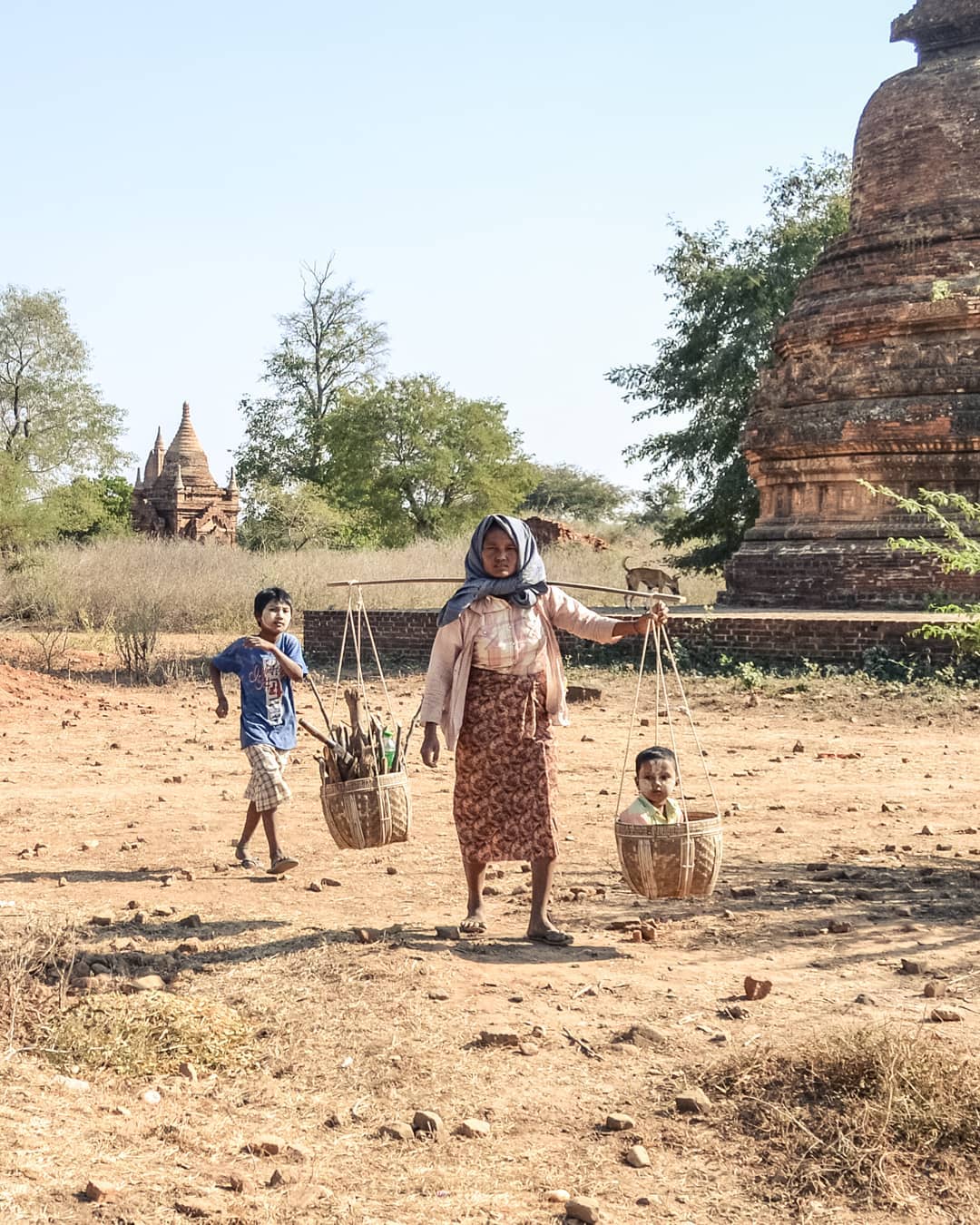
The Challenges of Social Documentary Photography
Although travelling to the “third world” and pursuing my passion of social documentary photography has many positives, it also presents many challenges. I have generally travelled solo and used public transportation on a low budget. I have found that, generally, security is the most serious concern as a solo backpacker.
Bad roads, deficient infrastructure and scarcity of food options are part and parcel of the game. However, they are nothing to worry about since these issues can be solved with either patience or a bit of money. Security, on the other hand, is another deal all together.
It wasn’t until I made it to French Guyana that I was confronted with a life-threatening situation. I was robbed of everything I owned including my passport, credit cards, cash, camera, phone and clothes. My entire backpack was stolen from the hotel. This forced me to ask for food and a place to sleep for a few days until I could come to terms with the situation.
Ironically, in East Africa and Central Asia I found transportation the biggest challenge but I felt safe almost the entire time. Even in countries such as Burundi or the Congo, which were supposed to be off limits to foreigners due to security concerns, I did not feel so unsafe as in Central America or parts of South America. I guess it comes down to luck at the end of the day.
There are cities like Port Moresby, capital of PNG, where it is really difficult to enjoy your time due to the high risk of crime. The only thing one can do in this sort of hot spot is to try to find regions that escape high insecurity, like East New Britain province in PNG, where I am right now.
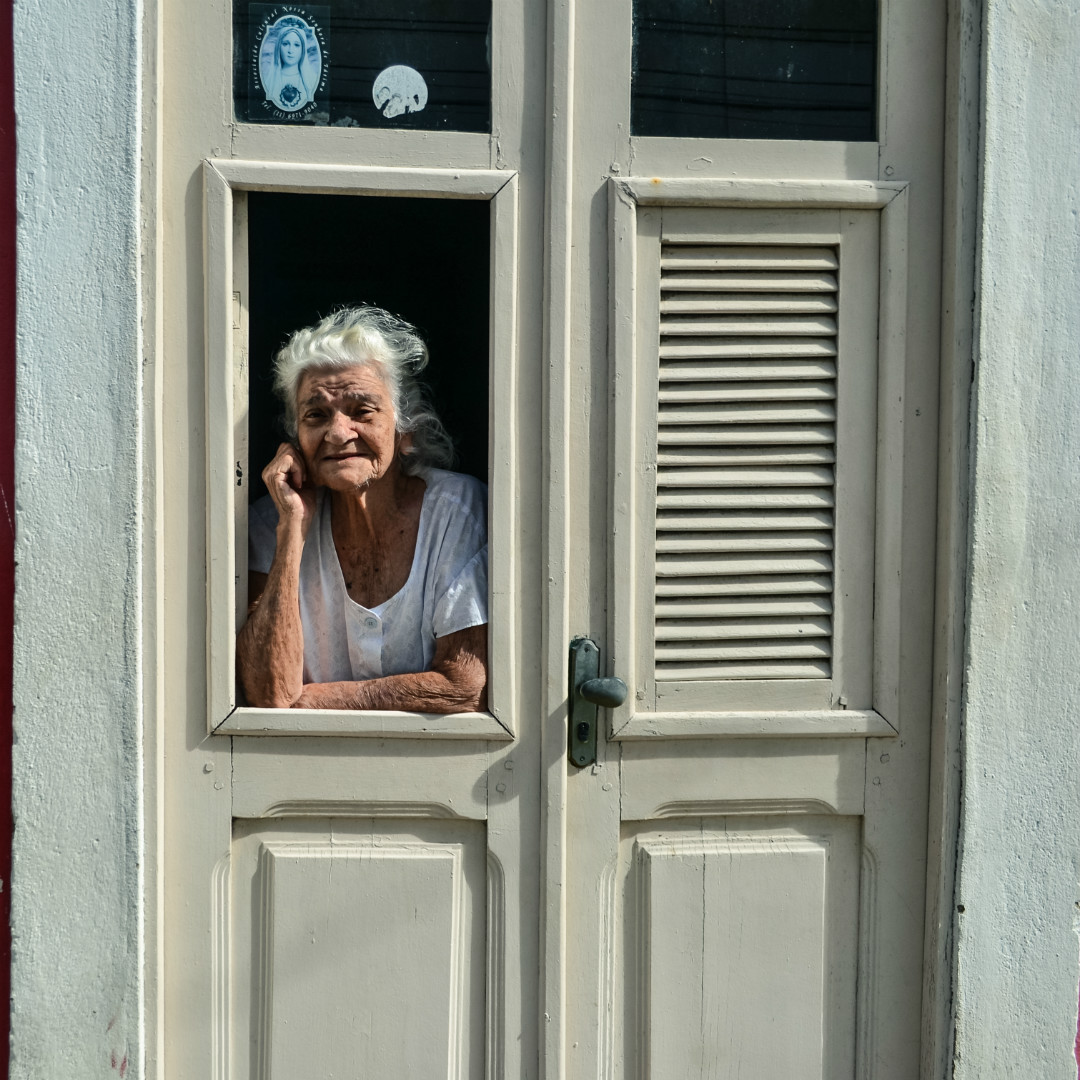
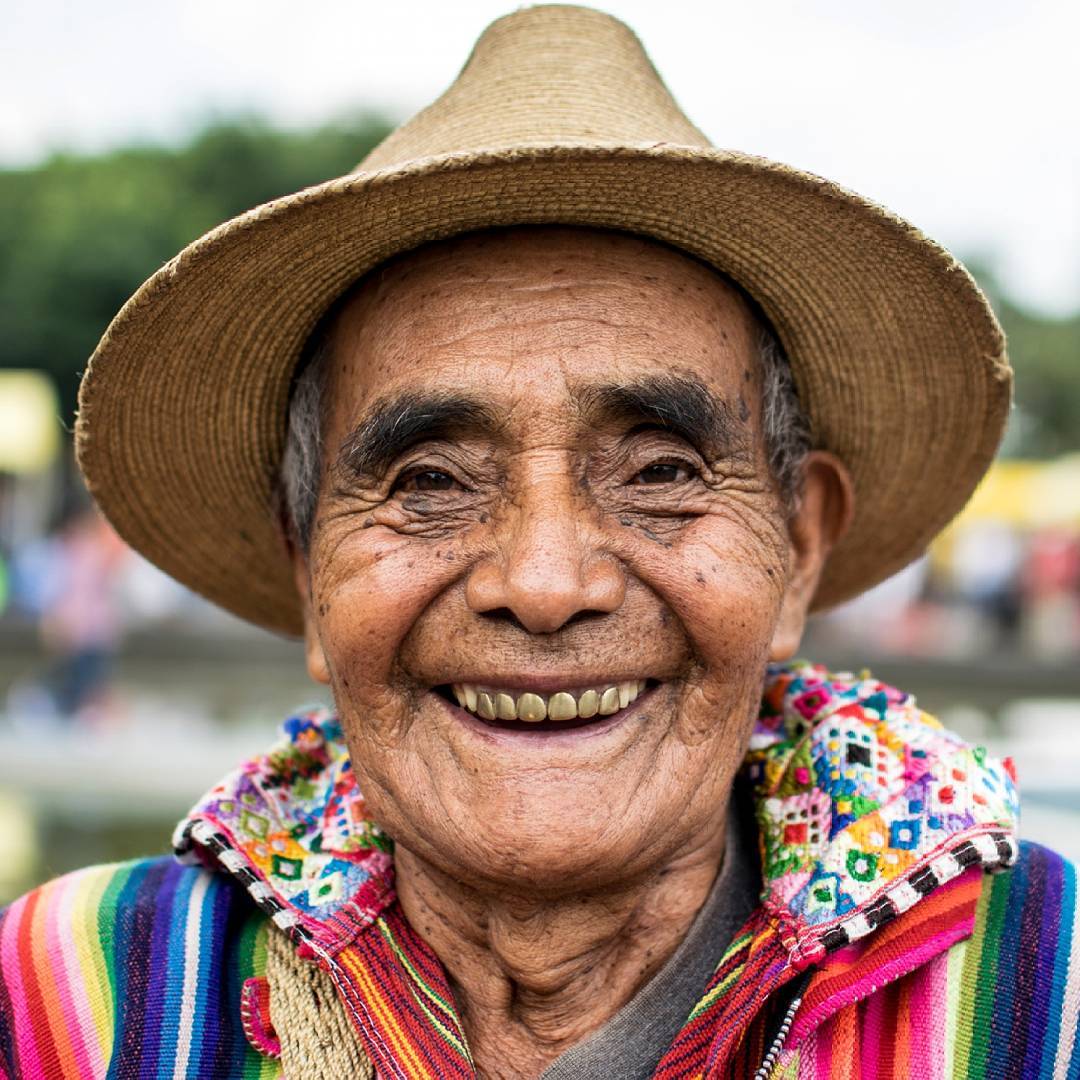
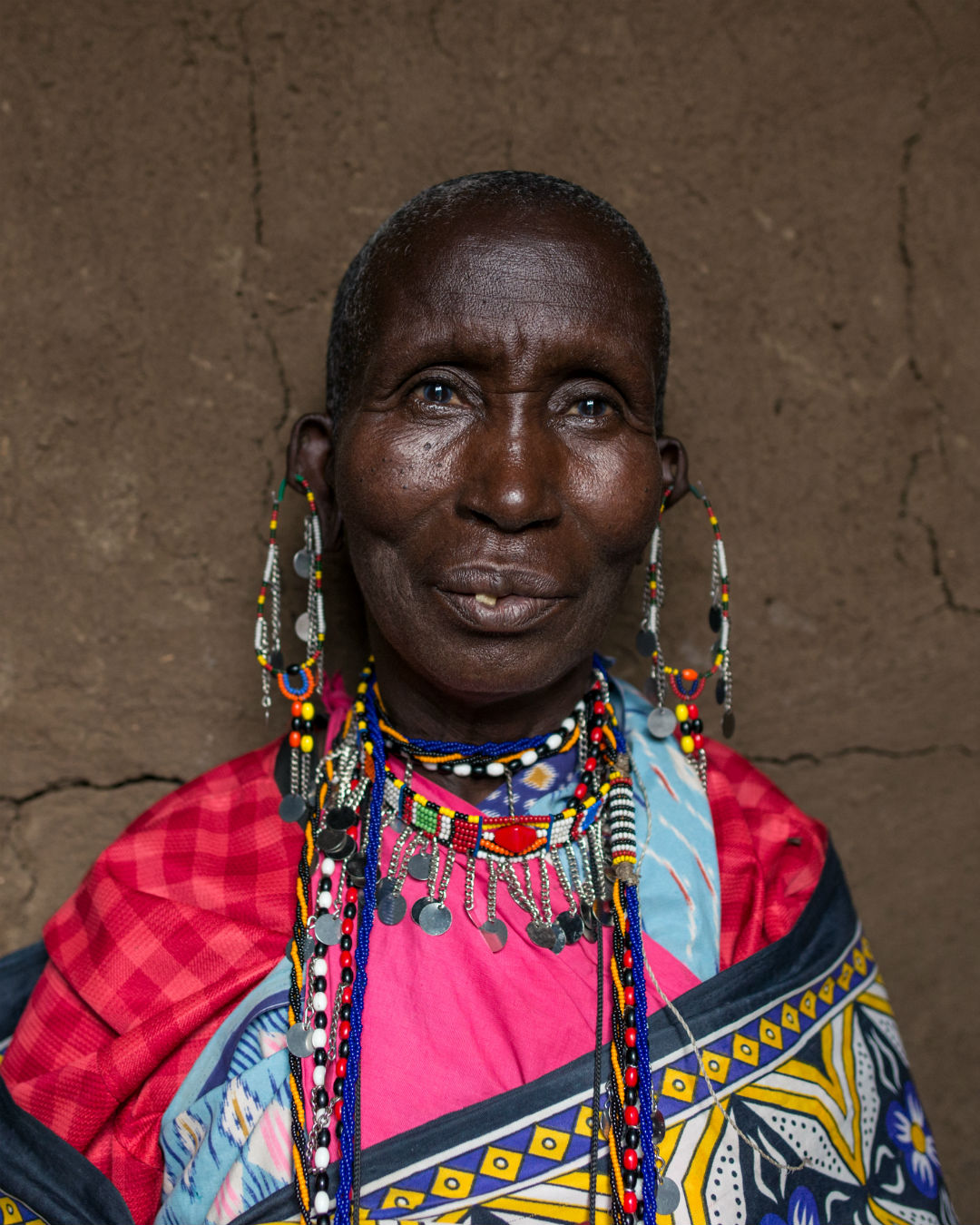
Choosing a Favourite Country from the UN List of 195
Numbers are just one way to visualise in quantitative terms the happiness of this fortunate life that some of us can have. My goal is to be able to find the balance between income and freedom, so I can keep travelling extensively as long as possible.
But I have no obsession with the UN list of 195 countries. Indeed, I have lived for 2 years in a country which is not even on that list, Taiwan. I have also spent 3 weeks in another one, Transnistria. As well as Abkhazia, Nagorno-Karabakh, Kosovo, Hong Kong, Macao and other special regions such as Tibet or Kurdistan.
Being obsessed with the numbers could make me spend less time in each country for the sake of visiting more as fast as possible, and that would be a mistake. In any case, if I can fulfil my plans for the next 3 years, I should be able to visit some 115 or 120 countries by then. No rush. In total, by the end of July 2019 I have been to 92 countries give or take.
When it comes to my favourite country so far, I believe you cannot find a long-term traveller who finds it easy to choose one single country. At the very most, I could choose one country per region, and still it would not be easy. So, from East to West, I could mention Papua New Guinea, China, Bangladesh, Tajikistan, Iran, Uganda, Transnistria, Iceland, or Nicaragua.
The reasons why I liked these countries are essentially the same: 1) I found wonderful people there that made me feel at home; 2) by the time I visited these countries they were not very touristy or I found areas relatively untouched by mass tourism; and, 3) they showed me a part of the world that impressed me by their sheer uniqueness.
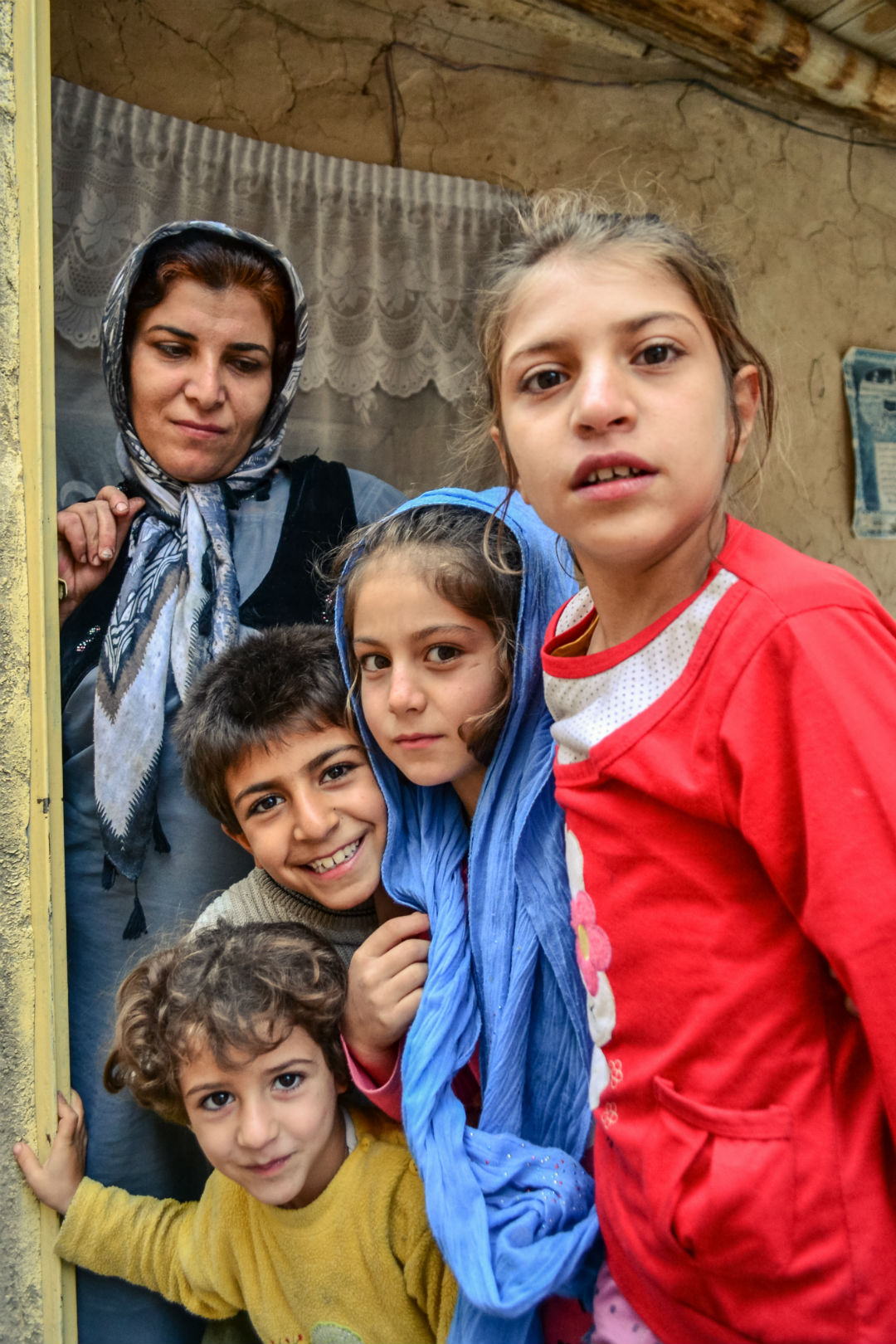
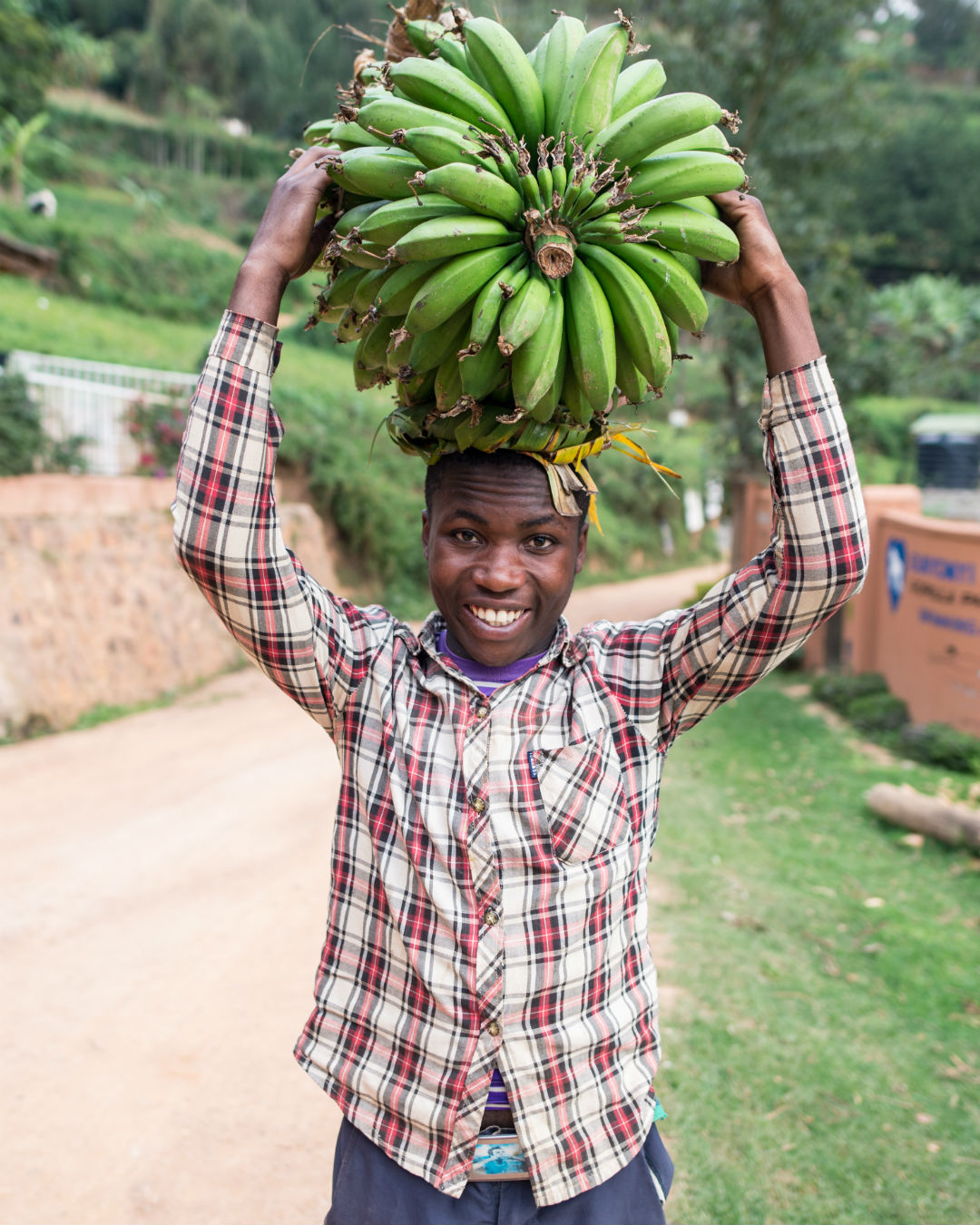
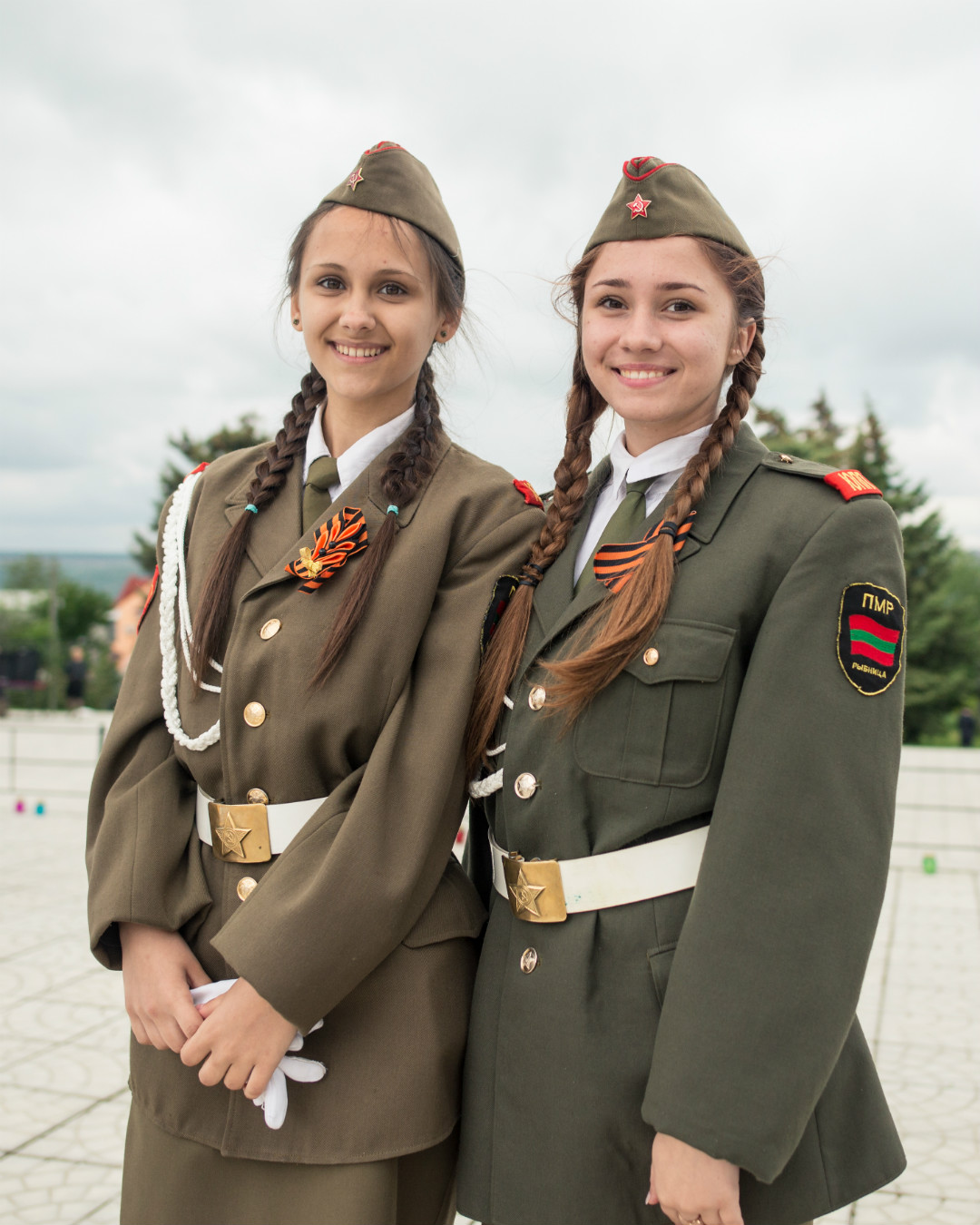
Muslim Societies: A Journey into Social Documentary Photography
An important part of the countries I have visited have been Muslim majority countries (around 30). Not that I had planned it in the beginning, but somehow I started to feel an attraction to Muslim societies when I discovered that the bad press they received in the West was undeserved.
I felt surprised by how well I was received in countries were I was recommended not to go at all. In the end, the learning of those journeys and the photographs of the people I met along the way deserved to be showcased in a travel photography book — a mix between a travel book and a photography book.
I try to portray how I discovered all those distinctive Muslim societies I visited through a very personal point of view. I did not rely extensively on history books or new information, but on my own interactions and what I could see with my own eyes, while documenting with images those very same stories I tell the reader.
My goal with the book was twofold: to have it as a treasure of my memories in those countries and to find additional happiness by sharing these stories with those interested in knowing more. If you are interested in purchasing the book, you can find it in Ebook and paperback formats in Spanish and English languages:
You can also find it on almost every Amazon platform. Just search for “Muslim Societies Juan Alberto Casado” for the English version, or “Sociedades Musulmanas Juan Alberto Casado” for the Spanish version.








